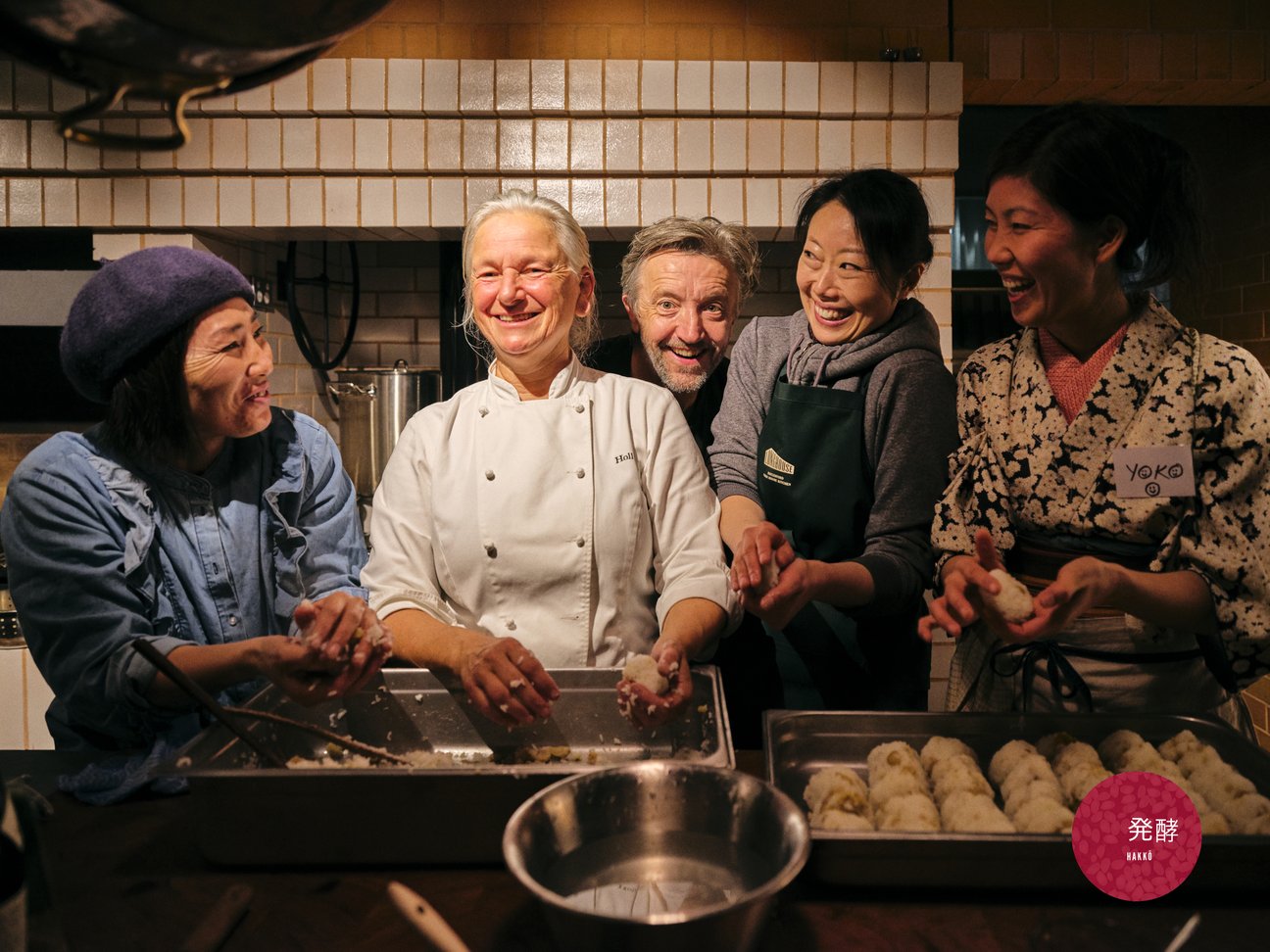The brainchild of Sharon Flynn of The Fermentary, Hakko was a weekend-long Japanese Ferments Festival held at Daylesford Longhouse, in collaboration with talented fermenters, brewers and chefs. Like the term Hakko (fermentation in Japanese) suggests, it was a festival that celebrated traditional Japanese fermentation processes.
The world of Japanese fermentation has deep roots, and much of this fermentation involves the use of koji (aspergillus oryzae). Koji is a spore that is harvested from the air around where fermentation was happening. Nowadays, however, it is possible to find koji in supermarkets, taking the form of machine-pressed cakes. The products that koji fermentation produces run the gamut, some of which have become mainstream.
These Japanese ferments, such as soy sauce, sake or miso, may be ingredients that we use in our meals without a second thought. Granted, not everyone can afford local and artisanal aged organic soy sauce and miso. Nor would everyone be willing be pay thrice as much for a hand-crafted product over the least expensive, factory-made variety. Nonetheless, it important for us to understand the craft behind the artisanal product.
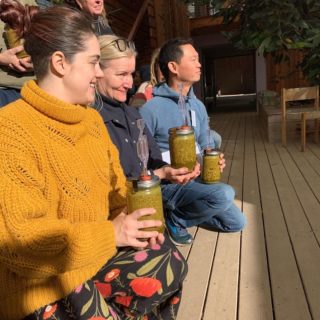
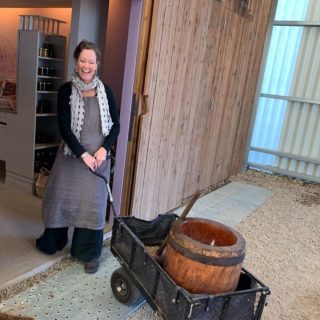
Factory-made soy sauce or miso might be packed with monosodium glutamate (MSG), which imparts a one-dimensional flavour punch which seems delicious. However, it ultimately merely masks what the barely fermented food lacks. In an artisanal product, however, the interaction of koji with food creates multidimensional flavour components, resulting in a complex, well-balanced products.
We were lucky to have with us Nancy Singleton Hachisu and Terada Masaru from Japan, as well as some of our favourite local fermenters, including Cooking with Koji, Sake Connect, Beer Diva, Melissa Mills from Sake Connect and more.
Terada Honke in Chiba prefecture is one of the last sake producers who harvest wild koji from organic rice stalks. Masaru brought his own Terada Honke koji from his brewery in Japan and then incubated it in the sauna at Daylesford Longhouse.
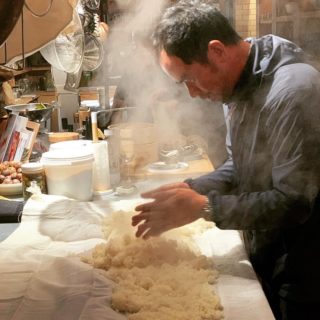
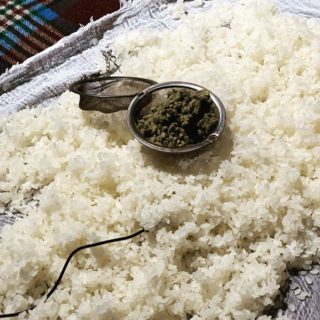
To prepare the rice for the ferments, Masaru carried out a rice washing (senmai) session. It was a meditative process, with the master gently washing the rice rhythmically for more than an hour. He demonstrated respect for the rice as he rinsed and repeated the process, pouring the chalky water onto the soil to nourish the plants at Daylesford Longhouse.
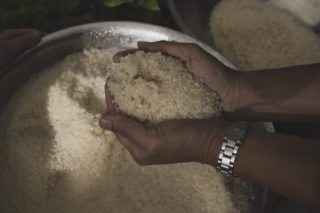
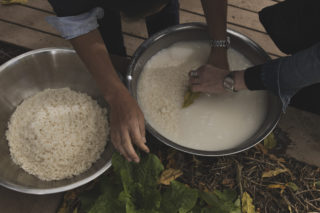
With the washed rice, he demonstrated how to prepare a doburoku, a wild-brewed and very rustic version of Japanese sake. A cooked rice ball sits with the washed rice under water, wild fermenting and capturing airborne yeast. In a few days, the rice can be cooked with koji and the ‘wild’ water and left to ferment further. At the end of a process, a tangy and sweet, slightly effervescent brew results.
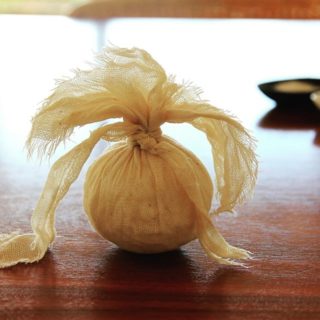
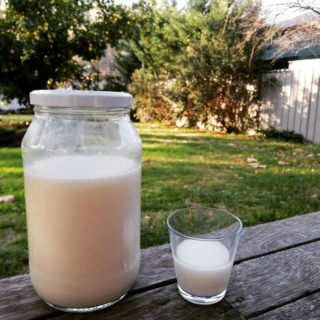
Yuki (@misokitchen_yuki) came all the way to Daylesford and brought her own koji for the soy sauce (shoyu) workshop. Commercially, soy sauce is a quick ferment of defatted soy grits, the by-product of making soybean oil. On the other hand, Yuki’s soy sauce was fermented from whole soybeans.
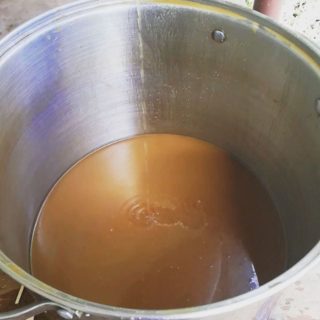
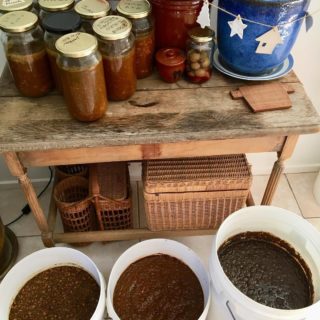
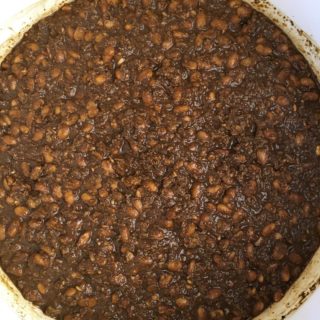
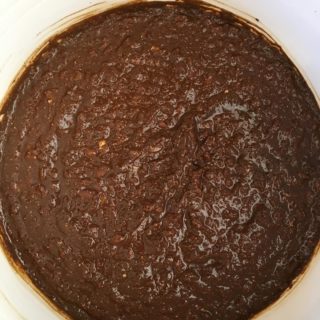
Yoko shared her love of miso and how to make nukazuke, with help from Holly Davis. Nukazuke is a Japanese pickle made by fermenting vegetables on a bran bed, called a nukadoko. Made with baby carrots, the pickles were distinctively crunchy, salty and sour, with wonderful earthy, umami undertones. It was also packed with good lactobacillus, a bacteria which naturally occurs on the outer skins of vegetables. Yoko had previously peeled a few persimmons and laid the peels out to dry to feed the baby nuka starters.
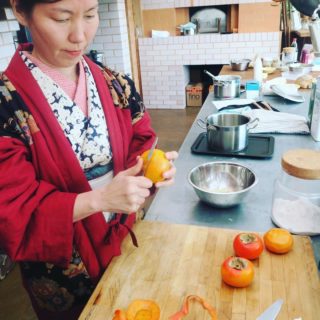
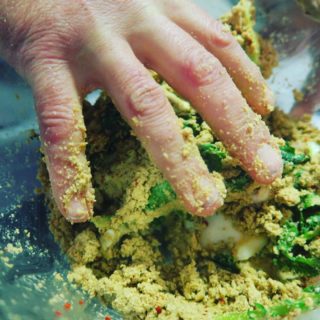
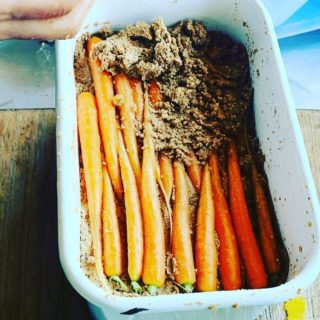
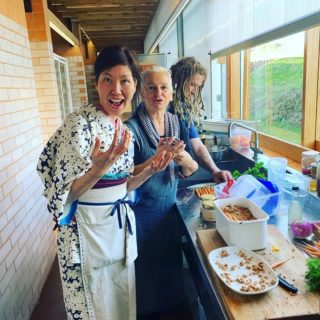
Yokie (@shimbashi_soba_fitzroy) prepared fresh noodles for lunch. The room stopped in quiet appreciation of Yokie’s grace, transfixed as she rolled out, cut, cooked and served her soba noodles with the most gorgeous mushroom broth. Her hands on the rollers moved with an ease and understanding, providing all with a newfound appreciation for freshly made noodles.
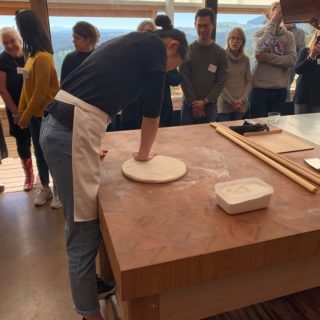
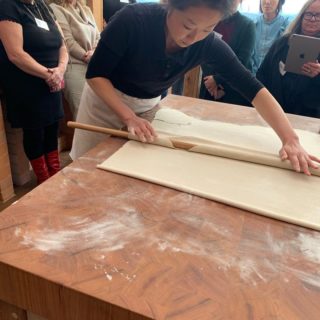
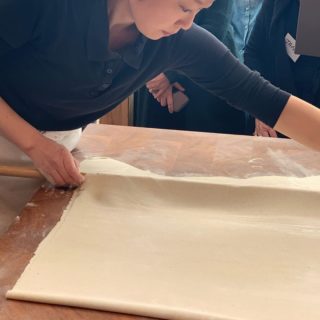
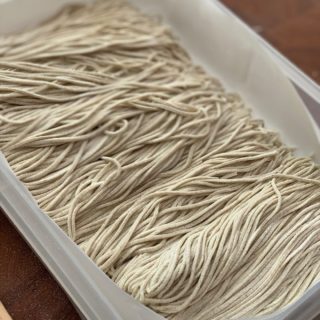
We also had the pleasure of having a Kaiseki meal prepared by Akira Kageyama from Aka Tombo.
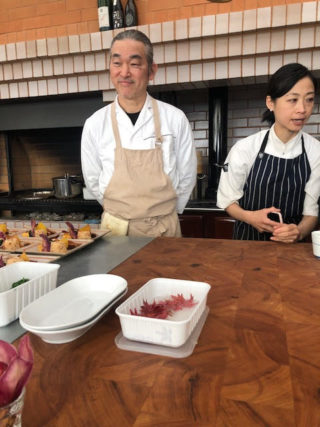
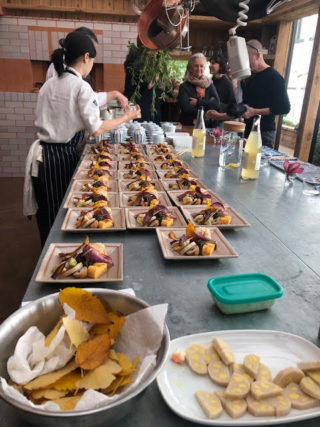
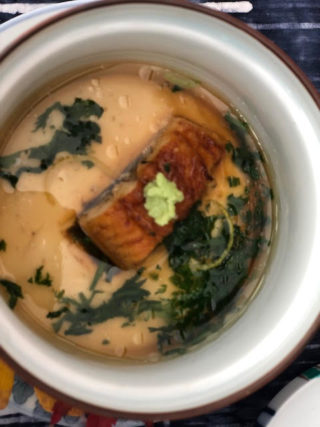
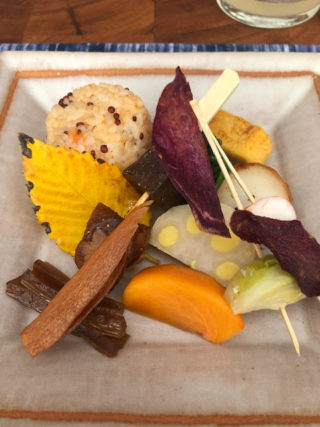
As the weekend was drawing to a close, we all gathered for a sake cup decorating session with Emma Jimson (@pom_me_granite). Guests of Hakko all received their own uniquely decorated sake cups delivered after Emma fired them, along with a photo and some recipes.
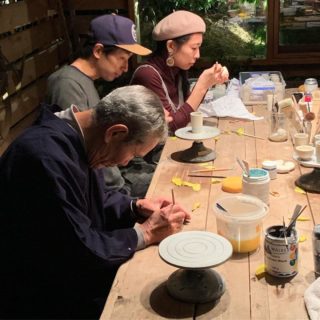
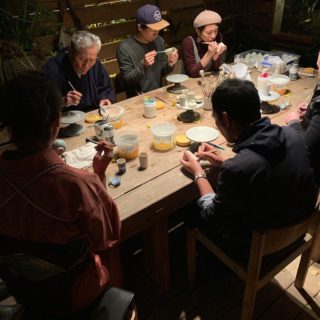
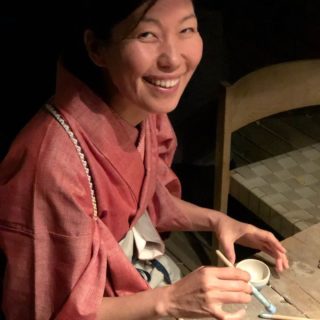
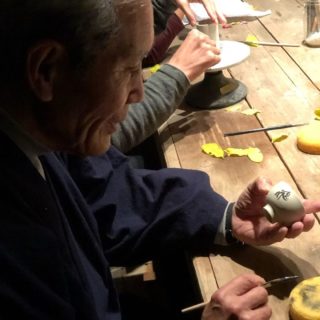
In Japan, seaweed has been used for everything from food to fibre to fodder to ceremony. We were lucky to have Milkwood’s amazing Kirsten Bradley share her seaweed foraging secrets with us.
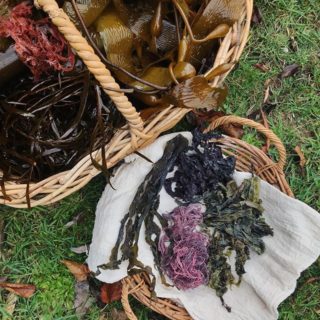
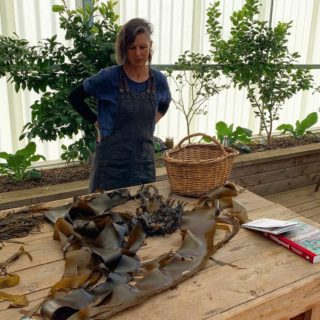
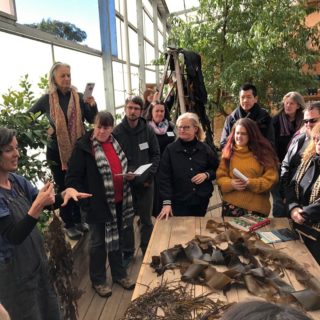
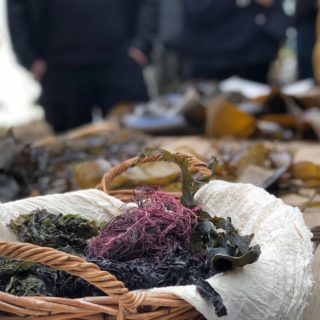
Hakko officially concluded with a mochi-pounding festival – mochi tsuki! We were lucky to have Japanese elder Hide-san with us to oversee the mochi-pounding, while Masaru sang a traditional brewery song from Terada Honke.
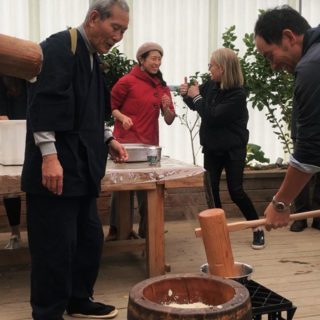
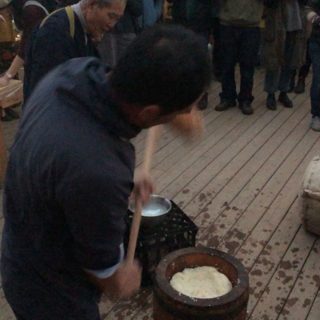
Before we parted ways, we were treated to an exquisite dinner, prepared by Holly Davis.
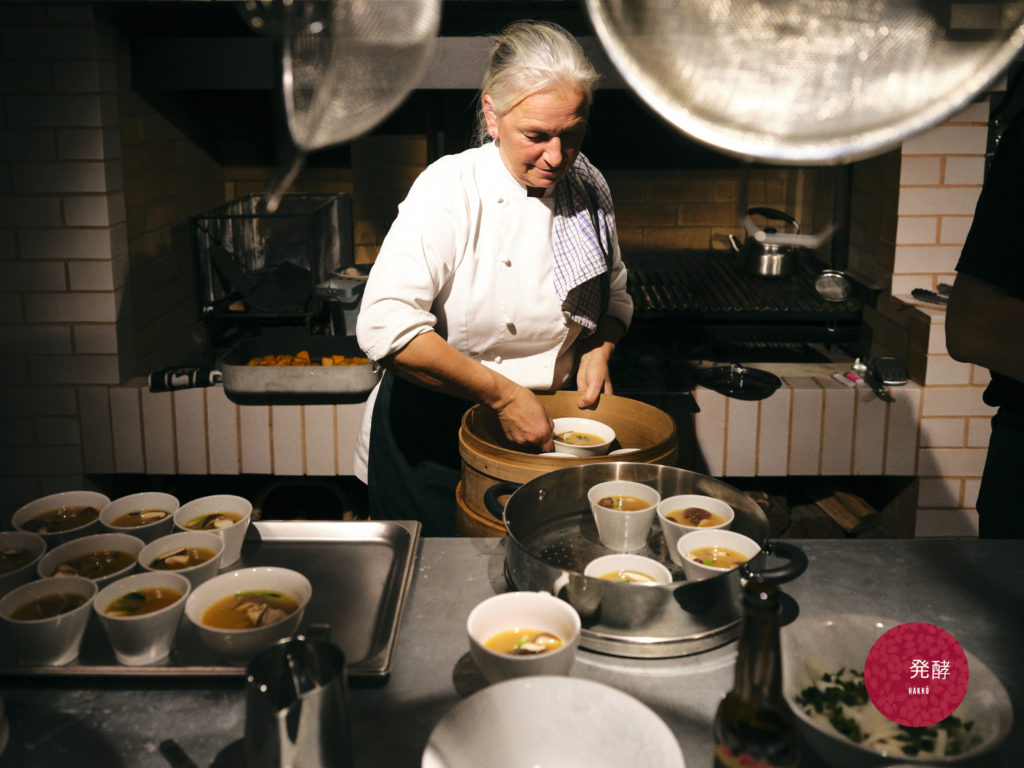
As comfortably as soy sauce and miso may sit next to mustard and cheese in our pantries, it is not until we understand their origins and made some ourselves that we are able to appreciate them and discern what vast changes the industrialization of our food system have resulted in them. In tasting and making some ourselves, we will discover how the real and slower version tastes so much deeper and costs more than cheap, manipulated varieties in our supermarkets.
Hopefully Hakko left everyone with a new appreciation and love for the everyday Japanese ways with life and food, and your ferments are bubbly and happy in their new homes!
